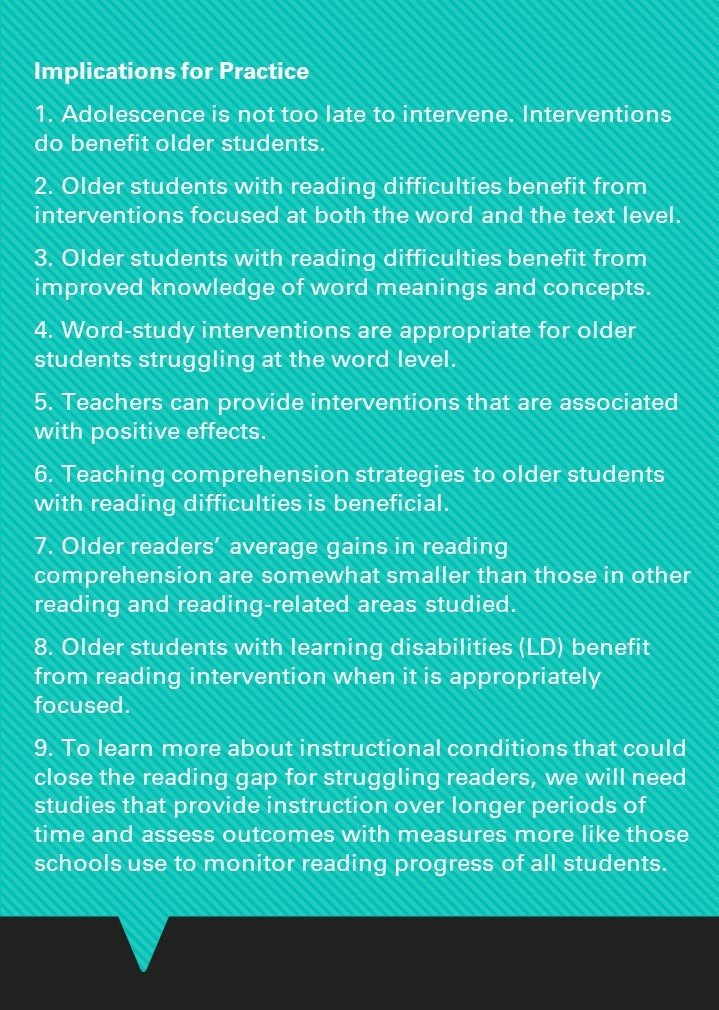SUPPORTING READERS EXPERIENCING STRUGGLE
Defining struggle
Literacy develops over a lifetime. And, throughout our life, we all struggle to read something at some point. Struggle is contextual and related to the text and purpose for reading. Take this text as an example with the context of a textbook with the purpose of determining the main idea:
Chlorecyclizine hydrochloride is an antihistamine which is related structurally to cyclizine and meclizine. A combination with hydrocortisone acetate provides anti-inflammatory, antipruritic, and anesthetic properties. It blocks the actions of histamine, antagonizes allergic manifestation, and anesthetizes free nerve endings that mediate pain. The combination provides dual and additive effects to combat antigen-antibody reaction.
What if we changed the context to the side of an over-the-counter medicine package and the purpose to determine if you should take this medicine if you were having an allergic reaction? Does this change your ability to complete the task? Or perhaps, you came to the task with sufficient background knowledge because of personal experience with hay fever.
In addition to the skills of decoding the words and knowing what the words mean, there are also motivational considerations, like if the reader finds the text or task useful or relevant or if the reader thinks they can grow as a reader.
When working with children, it's important to consider what part of reading knowledge, skills, and dispositions are strong and which require more practice.
Identifying the Point of Struggle
Screening and assessment can help identify students who are having difficulty with reading skills. View the Screening Tools Chart from the National Center on Response to Intervention as a resource for selecting an assessment of reading skills.
Additionally, reading inventories, interviews, observations, or conferences can help target the problem too. Open the resource to read more about targeting the problem. Save a copy for your files.
Meeting Developmental Needs and Differentiating
Check out this articled called Teaching reading: Development and differentiation about effective reading instruction being flexible enough to address individual students’ needs, wherever they are in their literacy development.
Meeting the Needs of Struggling Adolescent Readers
In the following article, a middle school teacher and a high school teacher share how they supported adolescent students in one-on-one contexts to improve their reading. Meeting the Needs of Struggling Adolescent Readers
In the next article, researchers conducted a meta-analysis to review all of the research on teaching reading in adolescence and synthesized the evidence that was found time and time again in studies of instruction and studies of intervention. Spoiler alert: the implications of the findings are summarized in figure 1.
(Center for Instruction, 2007)
Interventions for Adolescent Struggling Readers: A Meta-Analysis with Implications for Practice

